Cotoneaster is a lovely shrub known for its lively berries and glossy leaves, but it’s also a tasty treat for some animals. We’ll be taking a look at the critters that find Cotoneaster inviting. From birds like robins and cedar waxwings to little mammals like rabbits and squirrels, there’s quite a buffet of animals that enjoy snacking on cotoneaster.
We’ll go into their preferences and behaviors so you can better understand who’s been visiting your garden or local park. We’ll also go into the reasons behind this preference for cotoneaster, learning about the benefits these animals gain from consuming these plants, so if you’re curious about which animals like cotoneaster.
We’ll find who’s enjoying cotoneaster berries and leaves, so you can easily learn about the animals that like to meal on cotoneaster plants.
The Cotoneaster Plant
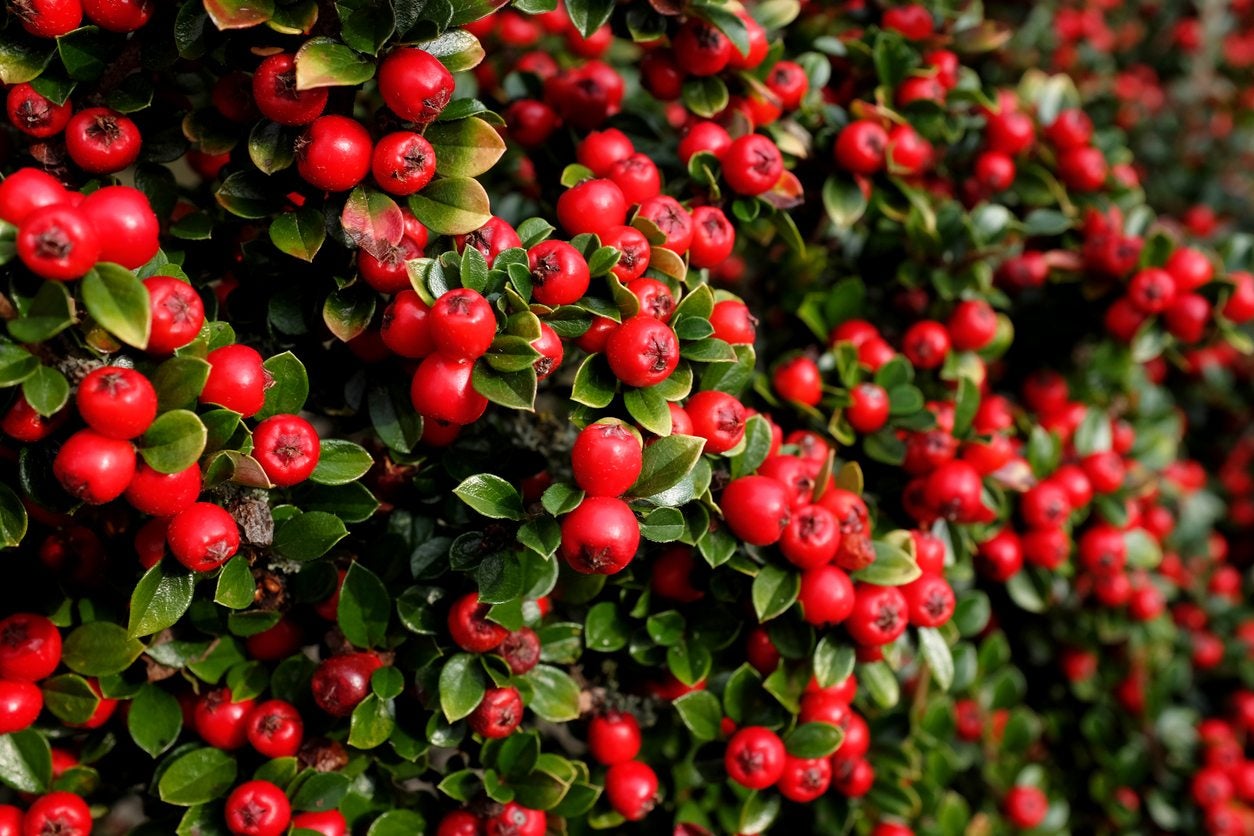
To learn which animals like to eat cotoneaster, first, let’s get to know this plant. Cotoneasters are a type of bush that comes in many kinds.
They can have small, round leaves that stay on the bush all year or fall off in the winter. These bushes also make tiny, colorful berries that can be red or orange.
Wildlife enjoy these berries because they make for a good meal, especially when it’s cold and there isn’t much else to eat.
So, before we talk about the animals that like cotoneaster bonsai, let’s understand these bushes with their evergreen or leaf-shedding branches and delicious, colorful berries.
Animals that Consume Cotoneaster
1. Birds
Lots of birds like to eat cotoneaster berries. Some of these birds include thrushes like the American Robin and Song Thrush, waxwings, various types of sparrows, and even the occasional bird that drops by the newly set-up Bird Feeder. These birds help cotoneaster plants grow.
When they eat berries and then poop out the seeds, it helps the plants spread and grow in new places. It’s a smart way nature keeps our place green and full of different plants.
2. Mammals
Lots of animals like to eat cotoneaster berries. Squirrels, the red and gray ones, are pretty good at getting these tasty fruits from the bushes.
Even deer and rabbits sometimes eat cotoneaster leaves, especially when they can’t find much else to munch on. These animals enjoy cotoneaster and often have a snack, especially when there isn’t much other food around.
So, if you have cotoneaster plants in your garden, pay attention to these hungry visitors. It’s interesting to see how animals appreciate the food that cotoneaster provides. So, welcome the idea that your garden is a place where local wildlife can grab a bite to eat and enjoy the company of these animals who stop by for a meal.
3. Insects
Insects like bees and butterflies enjoy the sweet little flowers on the cotoneaster plant. They’re attracted to these flowers because they have yummy nectar. When bees and butterflies visit these flowers for a snack, they do something helpful for the plants without even realizing it.
As they hop from one flower to another, they accidentally help the cotoneaster plants make seeds and grow. So, even though they’re not your typical animals, these insects are nature’s little helpers for the cotoneaster plant.
Ecological Significance
Cotoneaster bushes are fast-food spots for animals, and they play a big role in keeping our environment healthy. Even in busy cities and suburbs with little green space, these bushes give animals a place to eat.
This helps lots of different creatures live together and keeps our ecosystem strong. In winter, when it’s cold, bugs and worms are hard to find, and birds still need to eat. That’s when cotoneaster berries come to the rescue. They’re a buffet for birds, making sure they stay well-fed. This helps our local environment stay in great shape.
Gardening and Wildlife
For people who love gardens and have a house, having animals munching on their cotoneaster plants can be both good and bad. It’s nice to see wildlife in your garden, but it can be problematic if they eat too much and harm the shrubs.
1. Plant Strategically
If you’re worried about animals messing with your cotoneaster plants, here’s a simple plan to keep them safe. First, plant them in spots animals don’t usually go. Second, put Plant Cages or a fence around your shrubs. A fence keeps animals out and protects your cotoneasters. With these easy steps, you can have healthy cotoneaster plants without any animal trouble. Your garden will look great.
2. Provide Alternative Food Sources
To stop animals from eating your cotoneaster, try this simple trick: put up bird feeders with seeds or nuts nearby. These yummy snacks will keep the animals busy and away from your special plants. It’s a good thing for your garden and helps the local animals too. So, next time you see those eaters looking at your cotoneaster, don’t forget to offer them some bird food instead.
Conclusion
Many animals eat cotoneaster plants. Birds like robins, sparrows, and thrushes are common cotoneaster munchers, enjoying the berries it offers. Small mammals such as squirrels and chipmunks also have a taste for cotoneaster. They find the berries yummy. Insects like bees and butterflies visit cotoneaster flowers for nectar, while deer and rabbits may taste on their leaves and stems.
So, the cotoneaster serves as a little buffet for various critters in nature. So, if you’re thinking about planting cotoneaster in your garden, make sure to choose the right kind and keep it in check.
Overall, cotoneaster plays an important role in the food chain, offering a tasty treat to many of our wild animals.

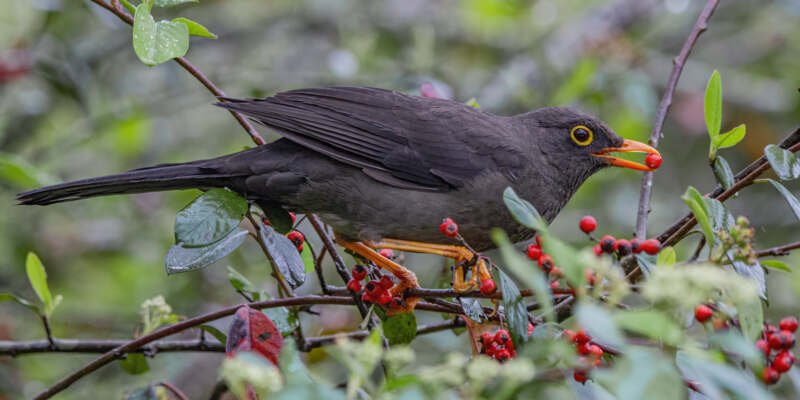

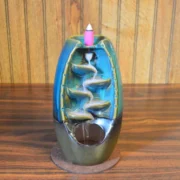
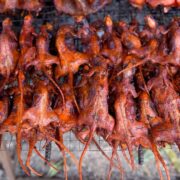
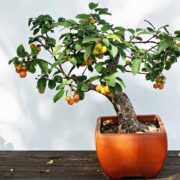
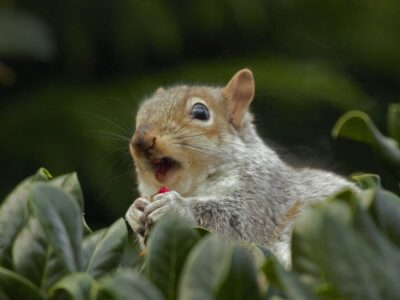
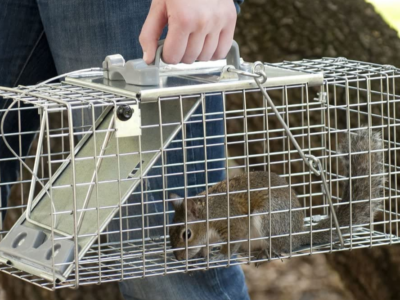
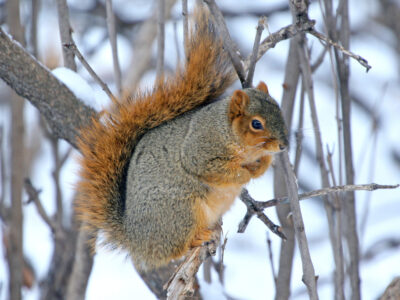
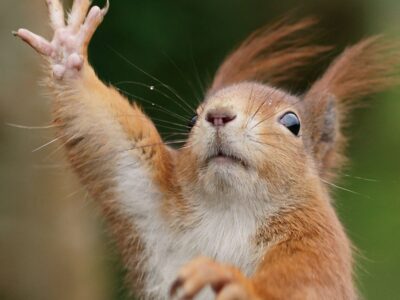
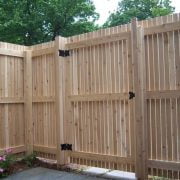
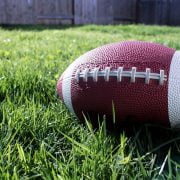


Comments